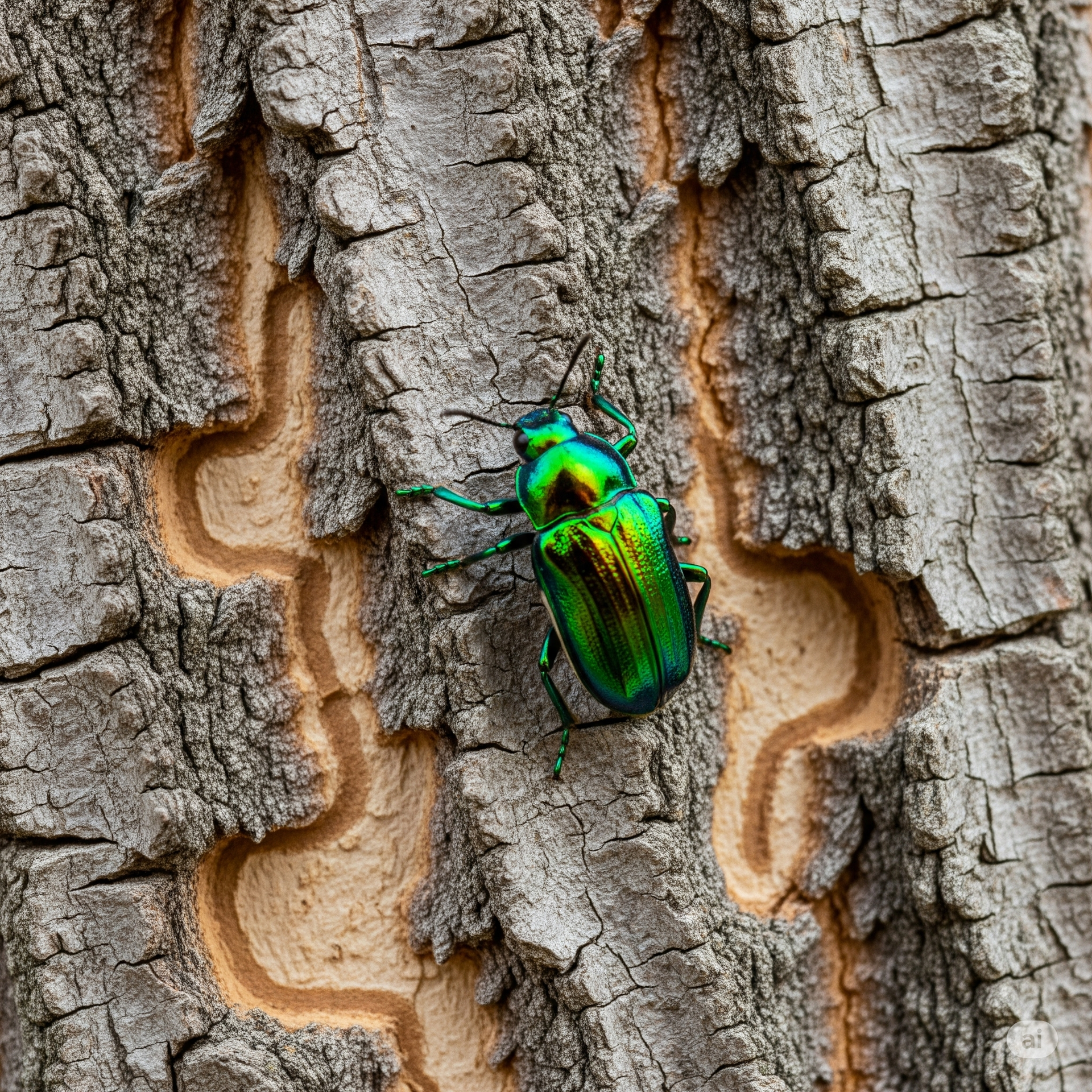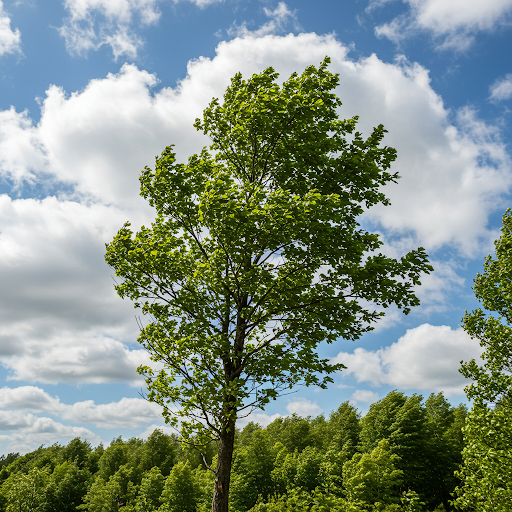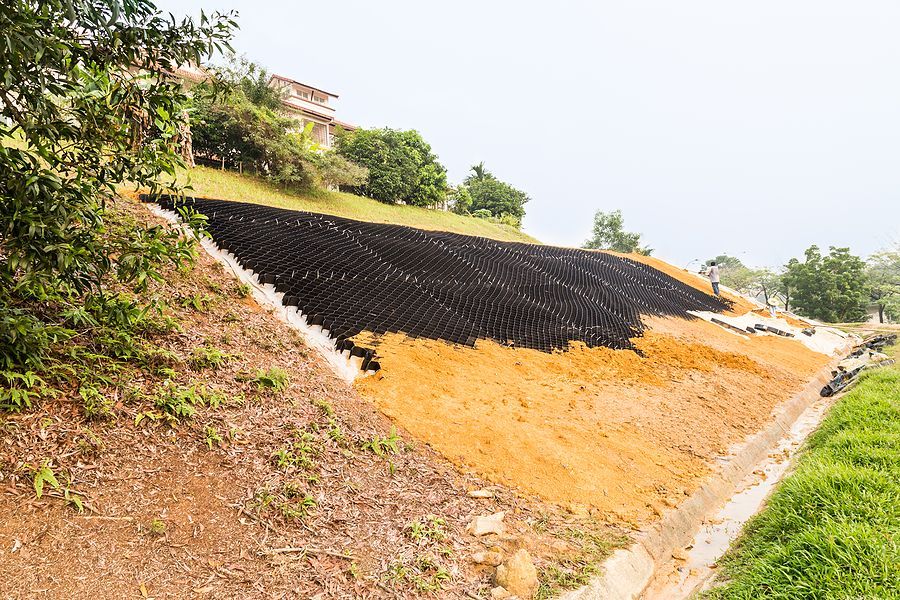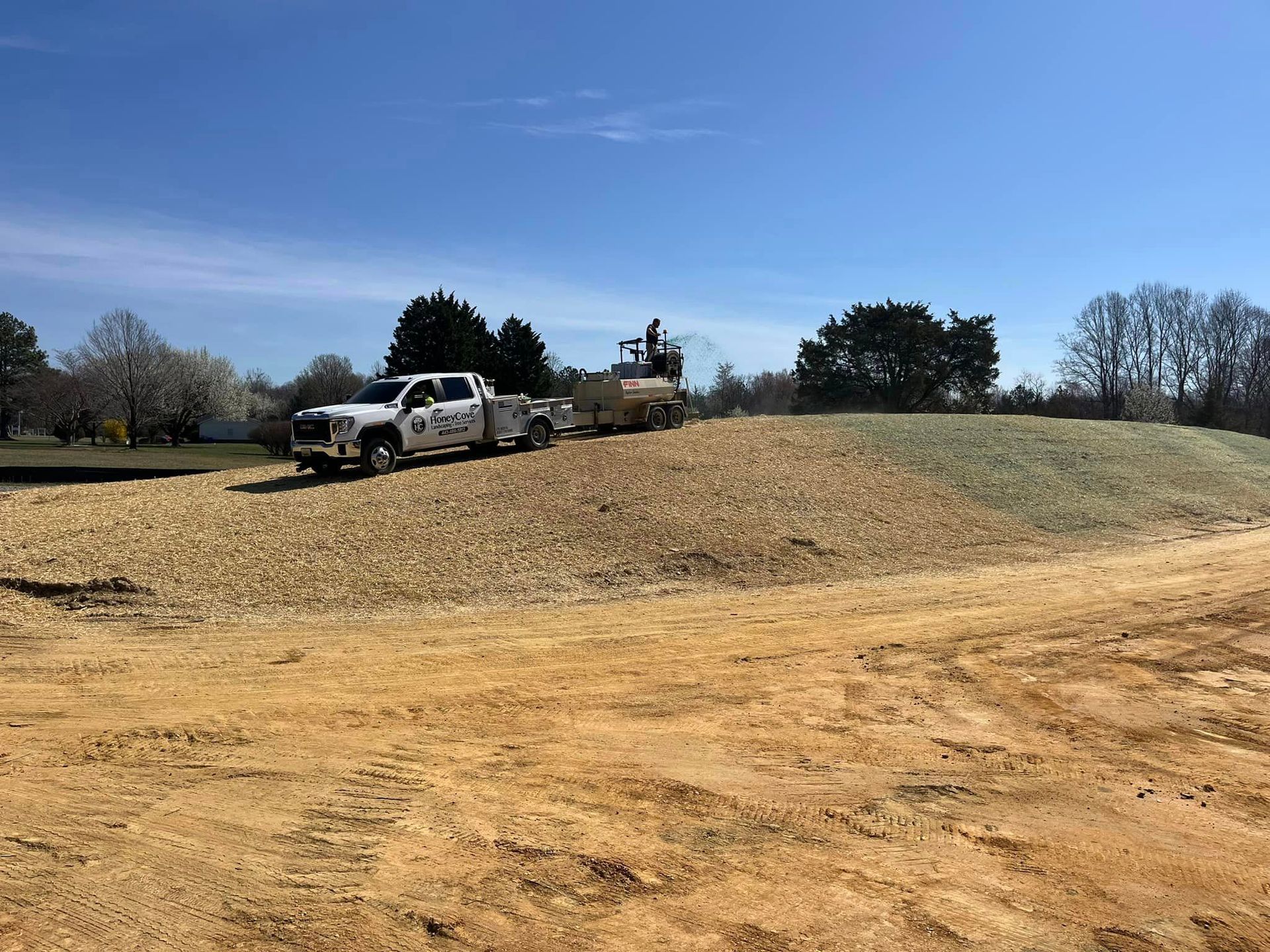Bark Shedding: Is Your Crepe Myrtle
in Trouble?
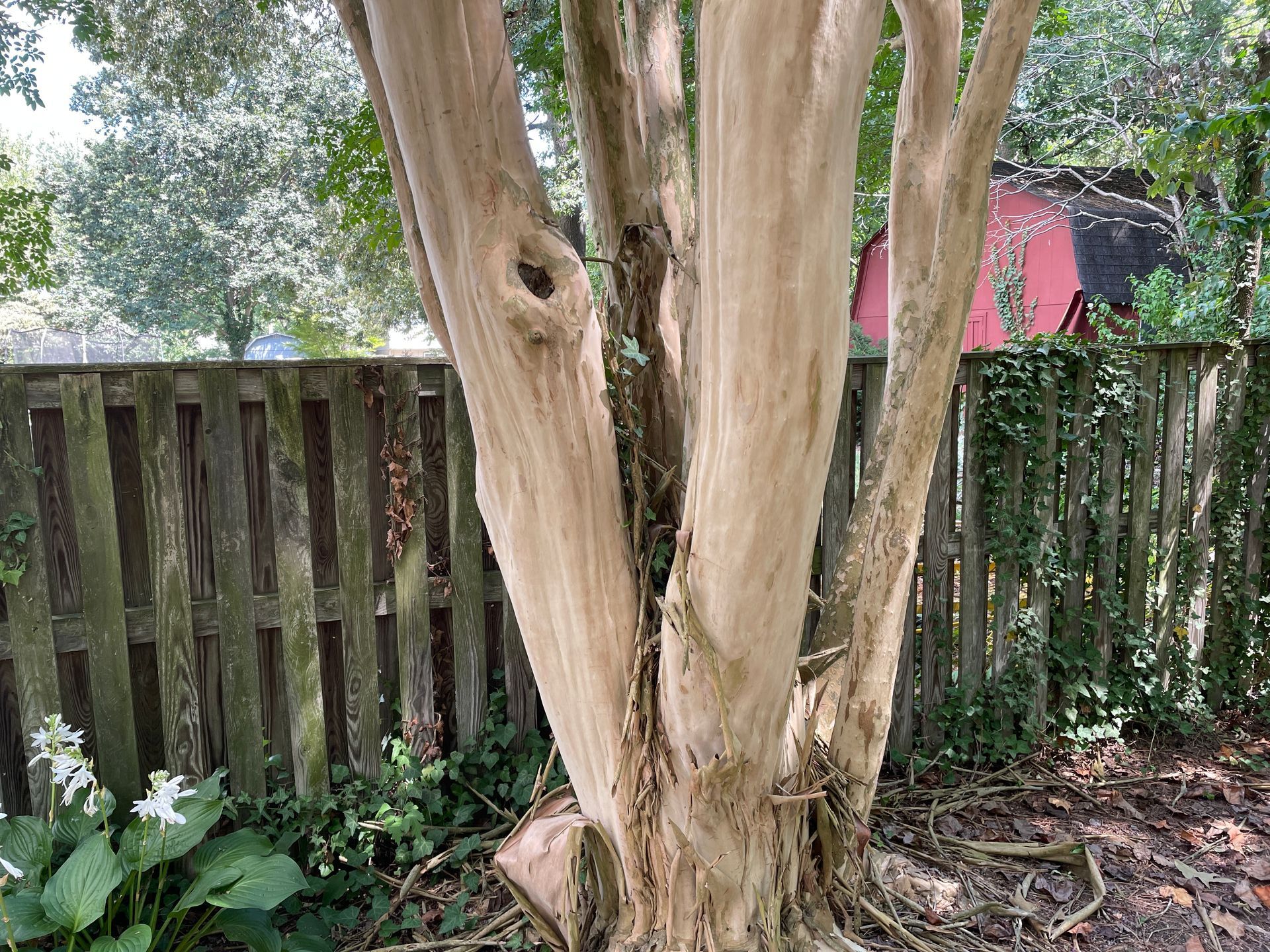
Crepe myrtle trees, also known scientifically as Lagerstroemia, are beloved for their stunning display of vibrant flowers and graceful appearance. However, one peculiar trait that often catches gardeners' attention is the tree's tendency to shed its bark. While bark shedding may initially cause concern, it is actually a natural process that the tree undergoes for several valid reasons.
One of the primary reasons why a crepe myrtle tree sheds its bark is its growth rate. Crepe myrtles are renowned for their fast growth, and shedding bark serves as a mechanism to accommodate this rapid expansion. As the tree grows, the outer bark becomes restrictive and may crack or peel, prompting the tree to shed the old bark to make room for new growth. This shedding process allows the tree's trunk to expand without being constrained, facilitating healthy development.
Besides accommodating growth, shedding bark also helps crepe myrtle trees protect themselves against pests and diseases. Bark serves as a protective barrier against external threats, making it a prime target for various insects and pathogens. Shedding bark periodically prevents the buildup of detrimental organisms, reducing the risk of infestations and diseases that could harm the tree's overall health.
Additionally, shedding bark allows crepe myrtle trees to renew their outer layers, promoting optimal vitality. Over time, the bark accumulates dirt, dust, and sometimes even fungus. Shedding this outermost layer allows the tree to reinvigorate itself, ridding it of potential contaminants or pathogens and enabling it to maintain a healthy appearance.
While shedding bark is a natural process for crepe myrtle trees, it does not necessarily indicate any underlying health issues. In fact, it is usually a sign that the tree is thriving and adapting to its environment. However, it is essential to differentiate between normal bark shedding and more severe issues such as peeling caused by diseases or pests. If the shedding appears excessive or the tree exhibits other signs of distress, it is advisable to consult a certified arborist or horticulturist for professional advice and assistance.
To conclude, the shedding of bark in crepe myrtle trees is a normal and beneficial process. It allows the tree to accommodate its rapid growth, protect against pests and diseases, and renew its outer layers. By shedding bark, crepe myrtles ensure their long-term health and aesthetics. Therefore, gardeners and tree enthusiasts need not worry if they spot a crepe myrtle shedding its bark as it is merely displaying its natural resilience and adaptability.
Contact Honey Cove Landscaping & Tree Services for concerns about your trees' health and if they should be treated or removed.

